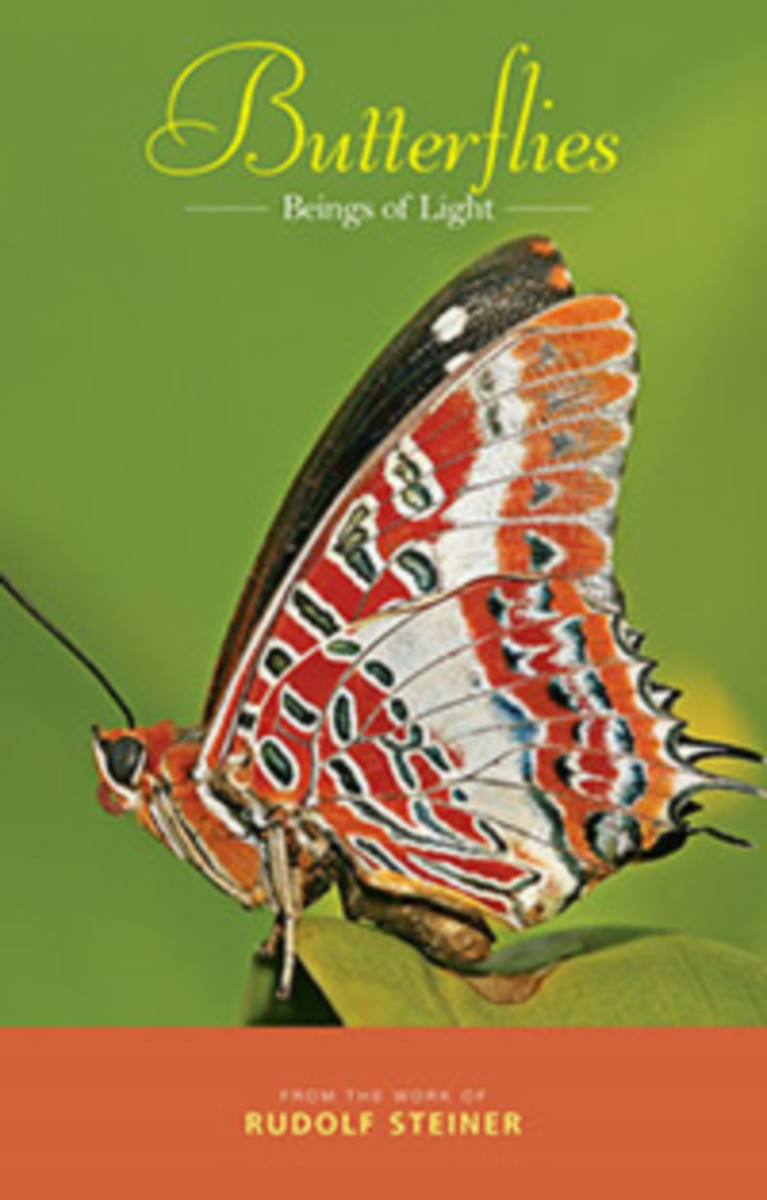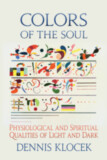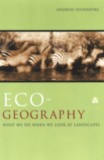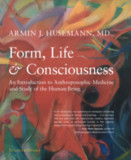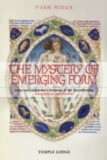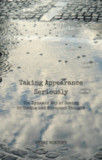Butterflies
Beings of Light
- Publisher
Rudolf Steiner Press - Published
18th June 2013 - ISBN 9781855843752
- Language English
- Pages 88 pp.
- Size 5.5" x 8.5"
"The butterfly flutters above and over the earth, borne on the air and shimmering with light... We ought really to see them as nothing other than beings of light, joyous in their colours and the play of colours. All the rest is garment and luggage." —Rudolf Steiner
Truly poetic and deeply esoteric, these lectures by Steiner have been gathered here in a single volume for the first time, with an in-depth introduction that traces and explains the stages of butterfly metamorphosis.
The emergence of the butterfly from its pupa is one of the most moving phenomena we can encounter in nature. In this creature's visible transformations, we can experience a revelation of spirit. The butterfly, says Steiner, is "a flower blossom lifted into the air by light and cosmic forces". It is a being that develops from and through light, via a process of incorporation and internalization. By gazing into the world of these special and rarefied creatures, we can intuit that they radiate "something even better than sunlight: they shine spirit light out into the cosmos."
CONTENTS:
Introduction: “The Butterfly Being” by Wilhelm Hoerner
1. Woven Sunlight
2. Metamorphosis
3. Born out of Light
4. The Butterfly as an Image of the Immortal Soul
5. Butterfly Beings and Plant Nature
6. The Butterfly’s Spiritualization of Matter
7. butterfly Corona, Early Evolution, and Reincarnation
Appendix: “Planetary Evolution”
Rudolf Steiner
Rudolf Steiner (b. Rudolf Joseph Lorenz Steiner, 1861–1925) was born in the small village of Kraljevec, Austro-Hungarian Empire (now in Croatia), where he grew up. As a young man, he lived in Weimar and Berlin, where he became a well-published scientific, literary, and philosophical scholar, known especially for his work with Goethe’s scientific writings. At the beginning of the twentieth century, he began to develop his early philosophical principles into an approach to systematic research into psychological and spiritual phenomena. Formally beginning his spiritual teaching career under the auspices of the Theosophical Society, Steiner came to use the term Anthroposophy (and spiritual science) for his philosophy, spiritual research, and findings. The influence of Steiner’s multifaceted genius has led to innovative and holistic approaches in medicine, various therapies, philosophy, religious renewal, Waldorf education, education for special needs, threefold economics, biodynamic agriculture, Goethean science, architecture, and the arts of drama, speech, and eurythmy. In 1924, Rudolf Steiner founded the General Anthroposophical Society, which today has branches throughout the world. He died in Dornach, Switzerland.


